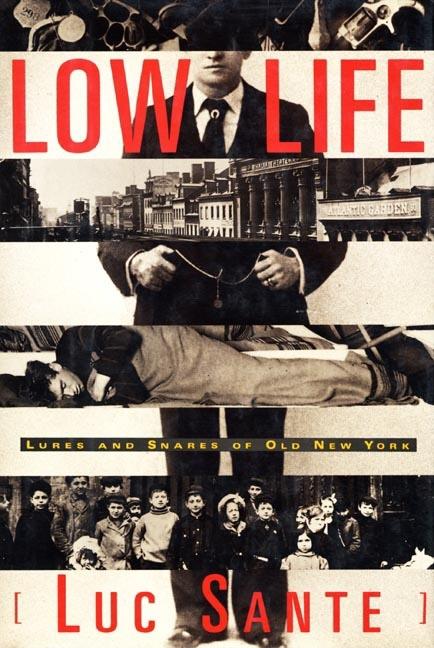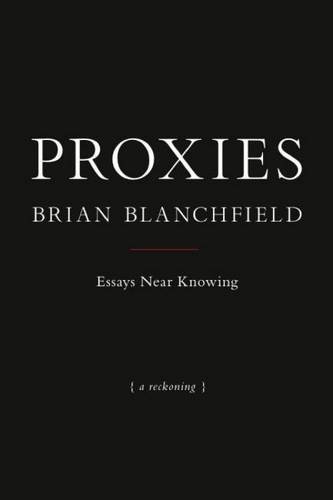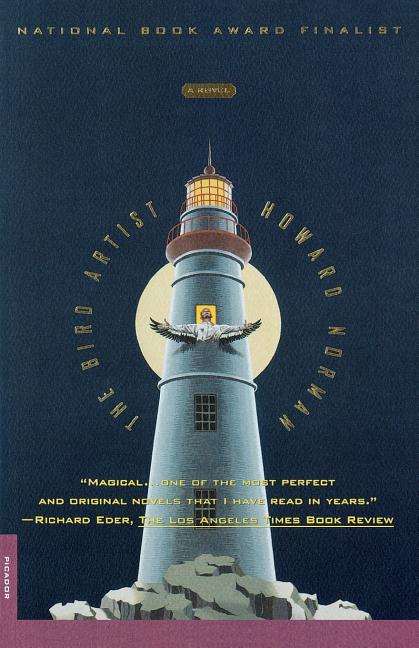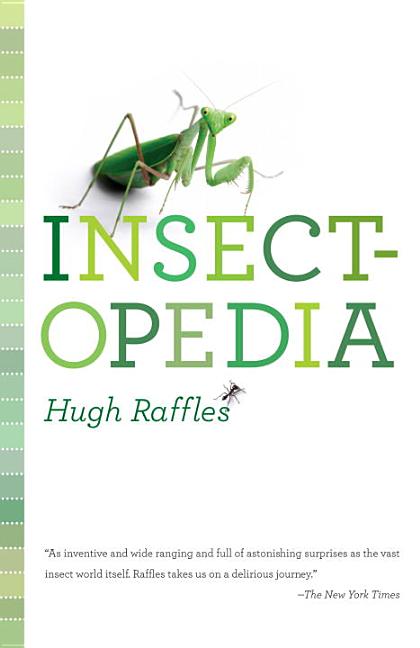Whiting Award Winners
Since 1985, the Foundation has supported creative writing through the Whiting Awards, which are given annually to ten emerging writers in fiction, nonfiction, poetry, and drama.
People in the street referred to her as al-tarsha, the deaf woman, and, among the Arabs in the marketplace, everyone and everything in her household was known in elation to the tarsha: the deaf woman’s father, the deaf woman’s home, her maid, her bicycle, her car, her husband. The motorcycle with which she had won an exhibition race on the Corniche in the early forties and which was later sold to a neighbor continued to be known as the tarsha’s mutusikl. When I was old enough to walk alone on the streets of Ibrahimieh, I discovered that I too was known as the tarsha’s son.

Rat-baiting was the premier betting sport of the nineteenth century. Its prestige can be gauged in economic terms, circa 1875: admission to a then illegal prizefight between humans cost fifty cents, to dogfights and cockfights $2, while a fight pitting a dog against rats ran anywhere from $1.50 if the dog faced five rats or fewer, up to $5, in proportion to the number of rats. In the eighteenth century the biggest draw had been bearbaiting, but that sport gradually dissipated as the number of available bears decreased, although matches continued to be held up to the Civil War, notably in McLaughlin’s bear pit at First Avenue and Tenth Street. For a while, dog-vs.-raccoon contests were popular, but rats were so readily available that they came to dominate the scene; boys were paid to catch them, at a rate of five to twelve cents a head.

What you type and submit appears to you attributed to You. What he replies and enters comes from Partner. There is, as it turns out, a lot to say while watching Partner look at you watching. He is, to begin with, in a room of some kind, particular, contingent, “real.” With art and clocks and books and pillows and cigarettes and mail and daylight, or lamplight, with a bed or desk or basement sofa, with doors you can ask him to open, bags he may or may not empty, of content you may deduce about. The bottoms of his socks are dirty. You give it to him that his socks are dirty, that his door is ajar, that his grin is telling. “Partner: Are you for real?”

I think it was near one o’clock in the morning. Retching blood, Botho jerked his head back and forth, then lurched forward as though loosing his earthly form. This was followed by a sharp intake of breath, as though he was trying to suck it back in again. The bullet had lodged near his shoulder; it had not damaged his throat, and he could still utter, “I’ll pay the devil my soul twice over to watch you hang.” That sentence seemed to take an eternity to work its way through. I all but felt his grimace clamp down on my heart; blood bubbled along his lips.

With careless hands a child kills an ant. Flies are far trickier, though once caught, they have little chance. And, if darting birds don’t grab them first, butterflies die natural deaths; few people—collectors excepted—willfully still such tremulous beauty.

Edith Goodnough isn’t in the country anymore. She’s in town now, in the hospital, lying there is that white bed with a needle stuck in the back of one hand and a man standing guard in the hallway outside her room. She will be eighty years old this week: a clean beautiful white-haired woman who never in her life weighed as much as 115 pounds, and she has weighed a lot less than that since New Year’s Eve. Still, the sheriff and the lawyers expect her to get well enough for them to sit her up in a wheelchair and then drive her across town to the courthouse to begin the trial. When that happens, if that happens, I don’t know that they will go so far as to put handcuffs on her. Bus Sealy, the sheriff, has turned out to be a son of a bitch, all right, but I still can’t see him putting handcuffs on a woman like Edith Goodnough.

People in the street referred to her as al-tarsha, the deaf woman, and, among the Arabs in the marketplace, everyone and everything in her household was known in elation to the tarsha: the deaf woman’s father, the deaf woman’s home, her maid, her bicycle, her car, her husband. The motorcycle with which she had won an exhibition race on the Corniche in the early forties and which was later sold to a neighbor continued to be known as the tarsha’s mutusikl. When I was old enough to walk alone on the streets of Ibrahimieh, I discovered that I too was known as the tarsha’s son.

Rat-baiting was the premier betting sport of the nineteenth century. Its prestige can be gauged in economic terms, circa 1875: admission to a then illegal prizefight between humans cost fifty cents, to dogfights and cockfights $2, while a fight pitting a dog against rats ran anywhere from $1.50 if the dog faced five rats or fewer, up to $5, in proportion to the number of rats. In the eighteenth century the biggest draw had been bearbaiting, but that sport gradually dissipated as the number of available bears decreased, although matches continued to be held up to the Civil War, notably in McLaughlin’s bear pit at First Avenue and Tenth Street. For a while, dog-vs.-raccoon contests were popular, but rats were so readily available that they came to dominate the scene; boys were paid to catch them, at a rate of five to twelve cents a head.

What you type and submit appears to you attributed to You. What he replies and enters comes from Partner. There is, as it turns out, a lot to say while watching Partner look at you watching. He is, to begin with, in a room of some kind, particular, contingent, “real.” With art and clocks and books and pillows and cigarettes and mail and daylight, or lamplight, with a bed or desk or basement sofa, with doors you can ask him to open, bags he may or may not empty, of content you may deduce about. The bottoms of his socks are dirty. You give it to him that his socks are dirty, that his door is ajar, that his grin is telling. “Partner: Are you for real?”

I think it was near one o’clock in the morning. Retching blood, Botho jerked his head back and forth, then lurched forward as though loosing his earthly form. This was followed by a sharp intake of breath, as though he was trying to suck it back in again. The bullet had lodged near his shoulder; it had not damaged his throat, and he could still utter, “I’ll pay the devil my soul twice over to watch you hang.” That sentence seemed to take an eternity to work its way through. I all but felt his grimace clamp down on my heart; blood bubbled along his lips.

With careless hands a child kills an ant. Flies are far trickier, though once caught, they have little chance. And, if darting birds don’t grab them first, butterflies die natural deaths; few people—collectors excepted—willfully still such tremulous beauty.

Edith Goodnough isn’t in the country anymore. She’s in town now, in the hospital, lying there is that white bed with a needle stuck in the back of one hand and a man standing guard in the hallway outside her room. She will be eighty years old this week: a clean beautiful white-haired woman who never in her life weighed as much as 115 pounds, and she has weighed a lot less than that since New Year’s Eve. Still, the sheriff and the lawyers expect her to get well enough for them to sit her up in a wheelchair and then drive her across town to the courthouse to begin the trial. When that happens, if that happens, I don’t know that they will go so far as to put handcuffs on her. Bus Sealy, the sheriff, has turned out to be a son of a bitch, all right, but I still can’t see him putting handcuffs on a woman like Edith Goodnough.
